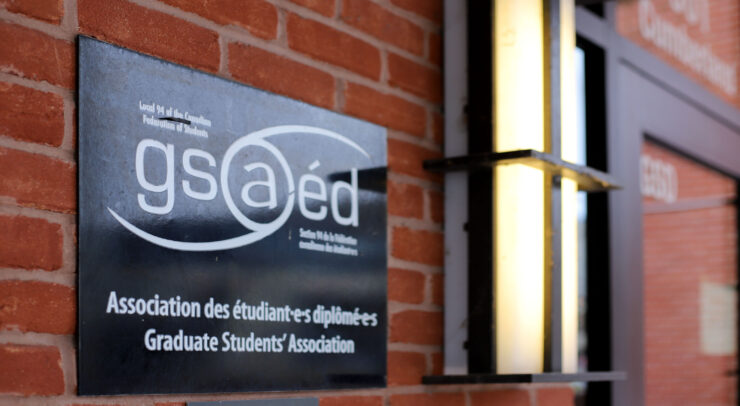Motion for smoke-free campus was also presented at the University of Ottawa
On Dec. 9, the University of New Brunswick (UNB) announced its decision to become a smoke free campus by September 2022. The decision comes after years of discussion with the university community that began in 2017.
The decision came down to three options: to become a smoke-free campus, maintain the status quo, or introduce designated smoking areas (DSA).
With this decision, UNB becomes the most recent Canadian university to make the move to a smoke-free campus. The number of university and college campuses in Canada to become smoke-free has jumped from 11 in 2014 to 71 in 2019, according to the Canadian Cancer Society.
In a press release dated Dec. 9, UNB president and vice-chancellor Paul Mazerolle stated that the move was part of “[the university’s] commitment to advancing health and to promote a healthy and safe environment to the community and on its campuses.”
“In late 2017, our Smoking Policy Review Committee was established and has worked diligently to determine best practices and gather community feedback,” said Mazerolle.
“Nearly 2,500 members of the UNB community participated in a smoking policy survey to help the committee reach its recommendations.”.
In 2018, McMaster became the first university in Ontario to become smoke free, while UNB’s fellow Atlantic university, Dalhousie University was the first Canadian university to become a smoke free campus in 2003.
The switch to a smoke free campus has also been floated around on numerous occasions. at the University of Ottawa.
The University of Ottawa’s Alta Vista campus does not permit smoking on campus, while the U of O’s main campus and Lee’s campus are not smoke-free. U of O’s smoking policy can be found here.
At the University of Ottawa Students’ Union (UOSU) Fall General Assembly (FGA) on Nov. 12, a motion was brought to have the group adopt a position of support for a smoke-free campus.
The motion was brought by Taylor Léveillé, a third-year health science student and the team leader for the drug and alcohol team of U of O’s department for health promotion.
The motion was debated and eventually rejected by those in attendance at the FGA.
Léveillé says that she intends to “re-work this motion in order to bring it back to discussion at the next UOSU General Assembly.”
When asked why a smoke free campus is the focus instead of having DSAs, Léveillé stated that the issue lies in the enforcement of DSA’s.
“An entirely smoke-free campus would be more efficient,” said Léveillé. “Holding in my breath while making my way down the sidewalk or walking into a building has nearly become normal for me due to lack of enforcement of the current policy.”
“There have been countless times where I’ve been walking to class and someone in front of me was smoking or vaping and I was forced to hold my breath to avoid inhaling the second-hand smoke.”
In response to the motion’s proposal, students spoke to the gaps in a smoke-free campus plan at the U of O.
One concern was the enforcement of the smoke-free policy given protection services pattern of racially motivated cardings. The smoke-free policy at the Alta Vista campus is currently enforced by protection services.
Also brought to the attention of those in attendance: the question of where smokers will ultimately end up congregating should the campus become smoke-free.
Others cited that smoking is an addiction that comforts those who partake, especially amid a stressful year given the current pandemic.
“There were some extremely valid concerns raised from people who were against this motion,” admits Léveillé. “Most of these concerns, however, pertained to the development of the policy itself and not to the general idea of a policy, which was the aim of this motion.”
On the topic of re-introducing a similar policy Léveillé says “I made sure to take note of as many [concerns] as I could in order to better this proposal and address the main concerns surrounding smoke-free campus policies.”
“It is my goal to clarify the policy’s intentions as much as possible before re-submitting the motion.”





